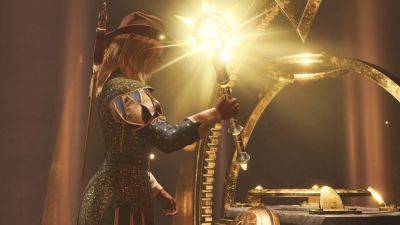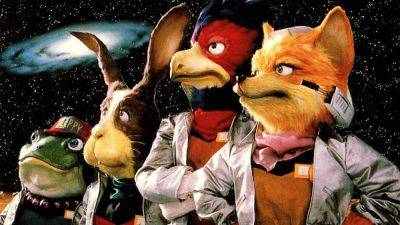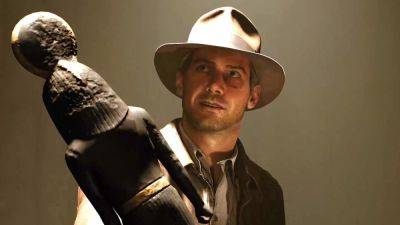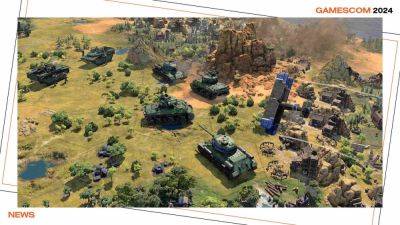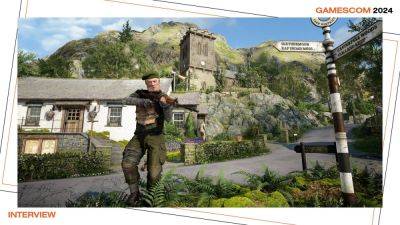Baldur's Gate 3's Lae'zel borrowed her fighting style from a legendary samurai's fight with his sleep paralysis demon
The mocap actor behind some of Baldur's Gate 3's most iconic combat moves reveals that the origin of Lae'zel's style has its roots in ancient samurai mythology.
In a new video, Larian spoke to mocap artist Mustapha El Bachiri, who mostly works as a stunt actor and choreographer for movies and TV, but also contributed to combat, locomotion, and spellcasting animations on Baldur's Gate 3. In the video, he explains how each class, race, and origin character had a unique look and feel, which needed to be captured "to make them feel like their own characters."
Through the video, you can see how El Bachiri not only helped shape movements for those classes and characters, but also for all of the broad array of weapons that are available for players to use throughout the game. The animation needed for a simple dagger, for example, is very different from that required for a longstaff. Similarly, the moves that a trained Fighter might pull out are very different to those that a raging Barbarian might use, and that's where El Bachiri's fascinating approach to Lae'zel's style came in.
"When we start a move, I have a lot of creative liberty," he explains, "because the animation director wants to see what the natural movements are that come out of my body language." From there, the team iterates, and El Bachiri says that he might do "dozens of moves" that aren't quite suitable before the team settles on something. For the Githyanki, he explains, he took inspiration from eastern martial arts, including "an elusive touch."
"According to scriptures," he says, this move originated from a fighter who had "six moves in his repertoire." But those moves weren't enough to beat "a very tough opponent" who appeared to this figure in "a vision, a dream." In that dream, El Bachiri explains, this legendary figure "came up with this final, missing move. In that move, the fighter used his body to obscure his sword, hiding his intent from his opponent. El Bachiri demonstrates that technique



